Introduction
Night terrors are a fairly common problem that affects many babies around the world, usually between ages one to six. In this sleep disorder, which occurs during the third or the fourth phase of non-REM sleep, the baby or child wakes up abruptly feeling completely confused and frightened. It usually takes a few moments for him or her to snap out of that state, and during that time they usually ignore attempts to wake them up.
Symptoms of Night Terrors
Most commonly, night terrors involve symptoms like extreme fear, panic, and wide-opened eyes due to those sensations, rapid heart rate, fast breathing, confusion, agitation, sometimes even violence, and inability to talk and express feelings or to explain the trauma. Symptoms usually go away soon and the child, in most cases, has no recollection of what happened.
Causes of Night Terrors
Night terrors can be caused by interruptions of a baby’s sleep during the third and fourth phase of the non-rapid eye movement stages of sleep. Those interruptions are usually environmental, meaning loud noises, bright lights turned on suddenly, and similar.
Factors like stress, emotional or physical trauma, fatigue, insufficient sleep, hostile or otherwise bad home environment and personal relations at home, violent movies, scary stories, but also fever, and some diseases can all be factors that may result in night terrors in some children.
Other causes may include side effects of medications, family history of sleep disorders, substance abuse, and chronic sleep deprivation.
How to Treat Night Terrors
If the child has night terrors, there are several things that the parents are advised to do. If the child has already had night terrors, it is recommended to dim the lights and soundproof the child’s room. It may help to give the child some chamomile or to place a tissue soaked in orange oil, lavender, or chamomile under the child’s pillow. When night terrors occur, parents should try to gently comfort the child and cuddle until he or she goes back to sleep again.
- Notably, night terrors are distinguishable from less severe nightmares by difficulty in waking the child. These events are stressful and disturbing for the child experiencing them, the parents of the child and other family members.
- The prevalence of night terrors in children is difficult to assess. Research has yielded discrepant results regarding the likelihood of experiencing night terrors with measurements ranging from 1.7% to almost 56% of individuals and ages ranging from 18 months to adolescence.
- Currently, the recommended treatment for night terrors is to leave the child alone; parents are encouraged to let the terror proceed uninterrupted, as the child is unlikely to respond to attempts to be woken and is often inconsolable upon awakening. Some sedative medications have proven effective in case studies; however, such medications may lead to tolerance or dependence in children, and the notion of treating children with sedatives is troubling to many. Scheduled awakenings, performed around the time when the child transitions from non-REM to REM sleep, have also been used as treatment for night terrors.
- Cosleeping is observed in all closely related primates, as well as a significant portion of human populations. Barry and colleagues collected data on sleeping arrangements for 90 cultures, and found that mother and infant slept in the same bed in 41 of them (46%); mother slept in the same room with the infant but in an unspecified bed in 30 (33%), and in the same room in separate beds in 19 (21%). In none of 90 cultures did the mother and infant sleep in a separate room. Despite this, cosleeping has been discouraged by the American Academy of Pediatrics due to a stated link with sleep-related infant deaths. Research on the rates of cosleeping in the US has shown that, although cosleeping increased from 6.5% to 13.0% from 1993 to 2010, no significant increase was observed in white families from 2001 to 2010; these findings suggest that recommendations against cosleeping are not uniformly followed across cultural groups.
Sleep deprivation can trigger night terrors so it is very important to maintain regular sleeping schedules. Babies need more sleep than adults, usually around 13 hours altogether.
Possible treatment for children who have night terrors may include relaxation techniques, aromatherapy, hypnotherapy, and similar methods. Medications usually prescribed for night terrors include antidepressants like Tofranil, or the drug chlordiazepoxide, used to relieve tension, and nervousness.
Most babies and young children stop having night terrors as they grow up. In only a few they continue even throughout adult life.


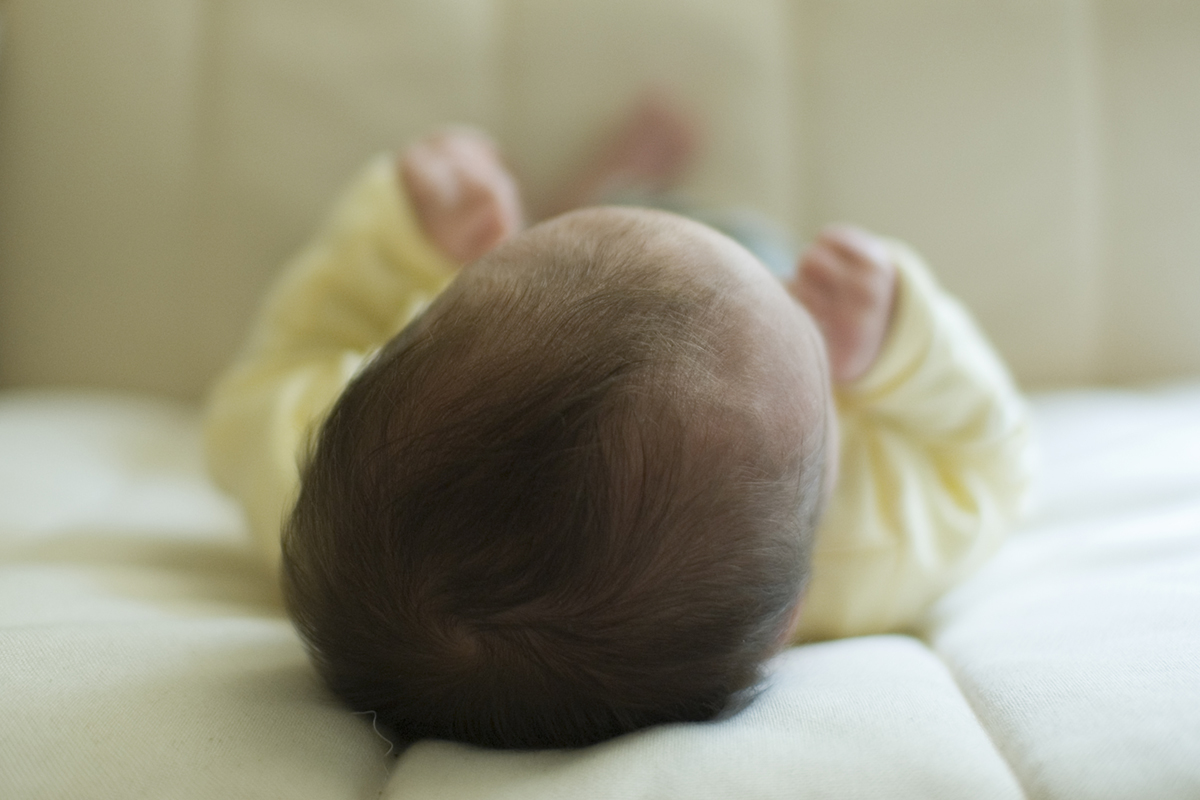
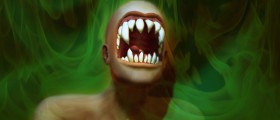


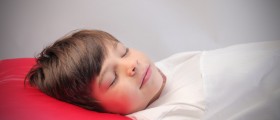


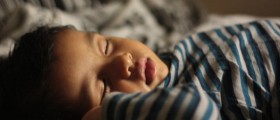

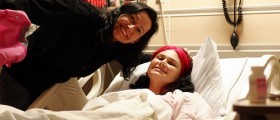

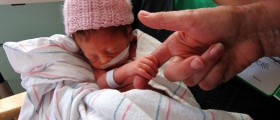




Your thoughts on this
Loading...